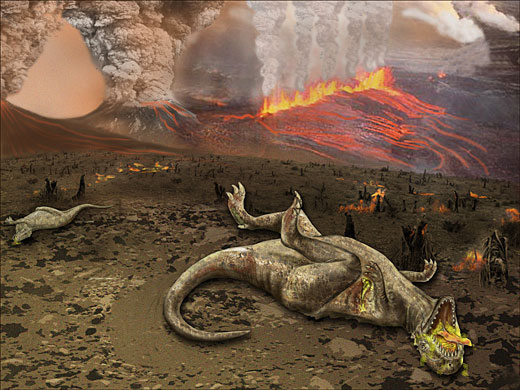The catastrophic event that ended the reign of dinosaurs approximately 66 million years ago represents one of the most pivotal turning points in Earth’s biological history. When a massive asteroid struck the Yucatán Peninsula, it triggered a chain of environmental disasters that wiped out approximately 75% of all species, including the non-avian dinosaurs that had dominated terrestrial ecosystems for over 160 million years. Yet, from this devastation emerged an unprecedented opportunity for the small, primarily nocturnal mammals that had lived in the shadows of dinosaurs. This dramatic transition from the Age of Reptiles to the Age of Mammals ultimately led to the diverse mammalian species we see today, including humans. The story of this remarkable transition offers fascinating insights into evolution, extinction, and the often unpredictable nature of life’s journey on Earth.
The Dominance of Dinosaurs Before the Extinction

Before examining how mammals flourished after the dinosaur extinction, it’s important to understand how thoroughly dinosaurs dominated Earth’s terrestrial ecosystems. For approximately 160 million years, dinosaurs evolved into an astonishing variety of forms, occupying virtually every significant ecological niche on land. From the massive sauropods that browsed high vegetation to agile predators like Velociraptor and the dominant apex predator Tyrannosaurus rex, dinosaurs had effectively monopolized the majority of large-bodied ecological roles. This dominance created what biologists call “incumbent advantage” – the dinosaurs’ established presence made it exceedingly difficult for any other group of animals to compete for the same resources or ecological space. During this extended period of dinosaur supremacy, mammals remained predominantly small, many no larger than modern shrews or rats, and most were likely nocturnal to avoid competition and predation from the ruling reptiles.
Early Mammals: Living in the Dinosaurs’ Shadow

The mammals that coexisted with dinosaurs during the Mesozoic Era were remarkably different from the diverse forms we see today. Most early mammals were small-bodied creatures, with the largest reaching only about the size of a modern badger. This size limitation was likely an evolutionary response to dinosaur dominance, as staying small helped mammals avoid direct competition with the larger reptiles while exploiting ecological niches that were less appealing to dinosaurs. Fossil evidence suggests that many early mammals were insectivores, with specialized teeth for crushing exoskeletons. Others developed adaptations for various lifestyles – some were burrowers that lived underground, others were arboreal creatures that climbed trees, and a few even evolved gliding adaptations. Despite their limited size, these early mammals were already developing important features that would prove advantageous later, including specialized teeth, warm-bloodedness, and relatively larger brains in proportion to their body size compared to reptiles.
The Chicxulub Impact: Doomsday for Dinosaurs

Approximately 66 million years ago, an asteroid estimated to be at least 10 kilometers (6 miles) in diameter slammed into what is now the Yucatán Peninsula in Mexico, creating the Chicxulub crater. The immediate effects were catastrophic on a scale that’s difficult to comprehend. The impact released energy equivalent to billions of atomic bombs, triggering massive tsunamis, widespread fires, and ejecting enormous quantities of debris into the atmosphere. This material would have blocked sunlight for months or possibly years, causing what scientists call an “impact winter.” Photosynthesis largely ceased during this period, collapsing food chains globally. The impact also triggered massive seismic activity and potential volcanic eruptions that would have exacerbated the environmental catastrophe. The combination of these calamities created extinction conditions that were particularly devastating for large-bodied animals with high caloric requirements – precisely the ecological profile of most dinosaurs.
Why Non-Avian Dinosaurs Couldn’t Survive
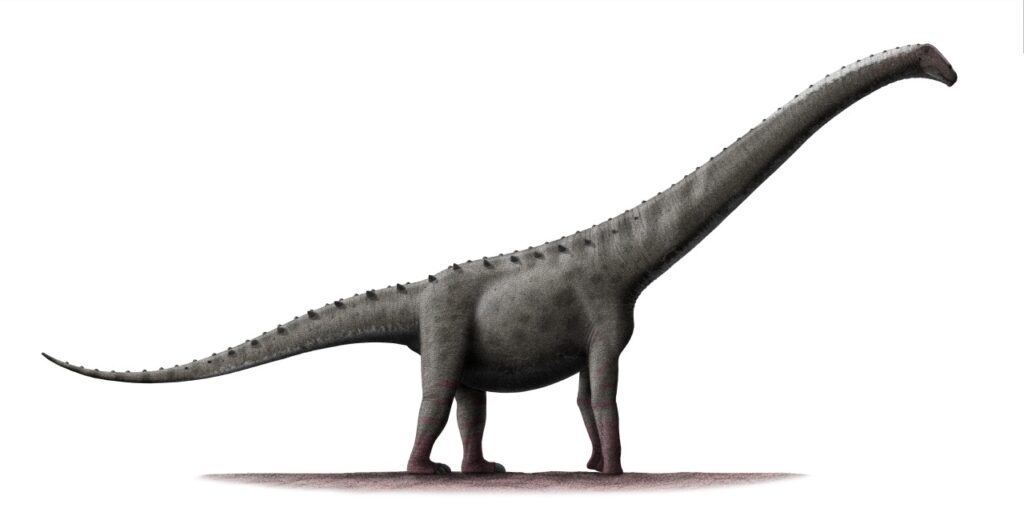
The non-avian dinosaurs faced insurmountable challenges during the post-impact crisis that made their extinction virtually inevitable. As primary productivity collapsed due to the impact of winter, herbivorous dinosaurs quickly faced starvation as plant life withered globally. This triggered a cascading collapse up the food chain, as carnivorous dinosaurs subsequently lost their prey base. The larger dinosaur species, which required substantial caloric intake to maintain their body temperatures and basic metabolic functions, were particularly vulnerable to food shortages. Additionally, their typically longer generation times and larger body sizes meant they couldn’t adapt quickly enough through natural selection to the rapidly changing conditions. Many dinosaur species likely required specific environmental conditions for successful reproduction, including nest-building and egg incubation, which would have been severely disrupted by the post-impact climate chaos. While smaller dinosaur species might have survived longer, the radically altered ecosystems simply couldn’t support the specialized niches that dinosaurs had evolved to occupy over millions of years.
Survival Traits: Why Some Mammals Endured
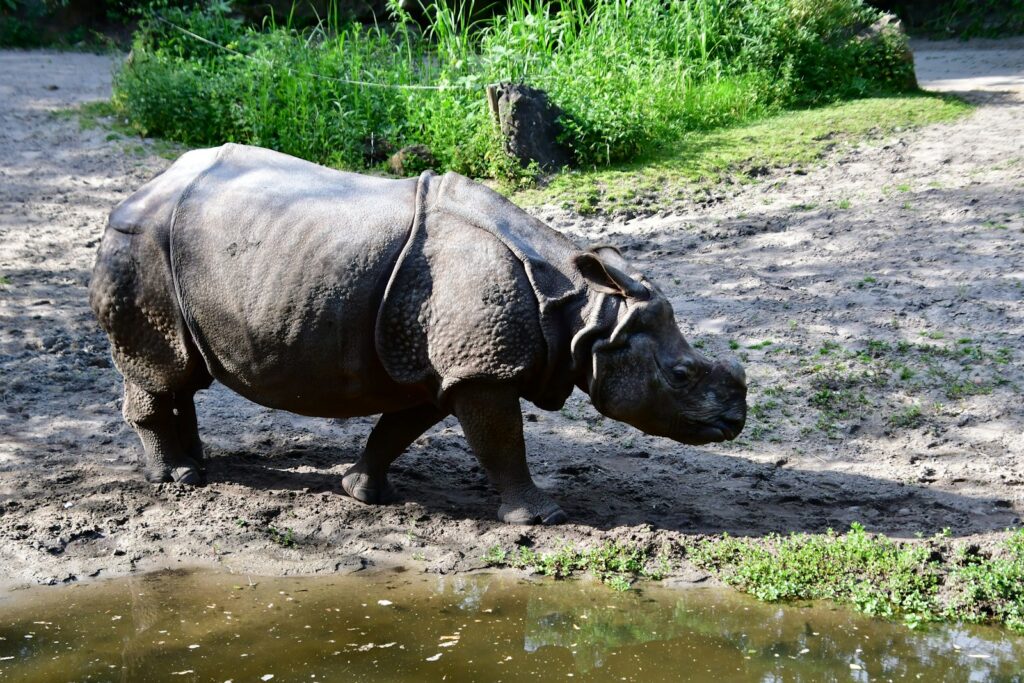
While the extinction event was catastrophic for most large animals, several characteristics gave certain mammals a crucial survival advantage during this global calamity. Their small body size – a limitation during dinosaur dominance – became a significant advantage, as smaller animals require less food and could subsist on minimal resources during the environmental collapse. Many mammals had burrowing abilities or lived in underground habitats, which provided crucial shelter from immediate impact effects and subsequent temperature fluctuations. Their warm-blooded physiology, enhanced by fur for insulation, allowed them to maintain body temperature despite climate fluctuations. Perhaps most importantly, many mammals had evolved opportunistic, omnivorous diets that allowed them to consume whatever food sources remained available, including insects, seeds, carrion, and fungi – resources that could persist even in severely disrupted ecosystems. Additionally, mammals’ ability to nurse their young provided critical nutrition during a time when finding food would have been extremely challenging for juveniles of any species.
The Immediate Aftermath: Survivor Species
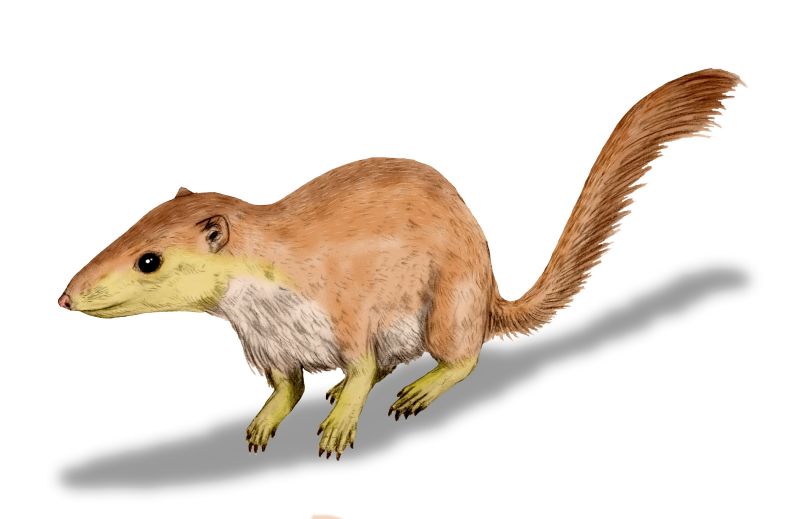
The first few hundred thousand years following the extinction event saw Earth’s ecosystems in a state of profound recovery and reorganization. The mammals that survived were predominantly generalists with traits that had allowed them to weather the immediate crisis. Fossil evidence from this period reveals that small-bodied, omnivorous, burrowing mammals like the Purgatorius (an early primate relative) were among the successful groups. These creatures somewhat resembled modern tree shrews and had teeth adapted for eating both insects and plant matter. Another notable survivor group included the multituberculates, an ancient mammal lineage that resembled rodents and persisted successfully for millions of years after the extinction. The early insectivores that would eventually give rise to modern groups like hedgehogs and shrews also thrived in this recovery period, feeding on the abundant insect populations that quickly rebounded after the catastrophe. During this time, most mammals remained relatively small, typically weighing less than a kilogram, but they were beginning to expand into ecological roles previously unavailable to them.
Evolutionary Radiation: The Paleocene Explosion
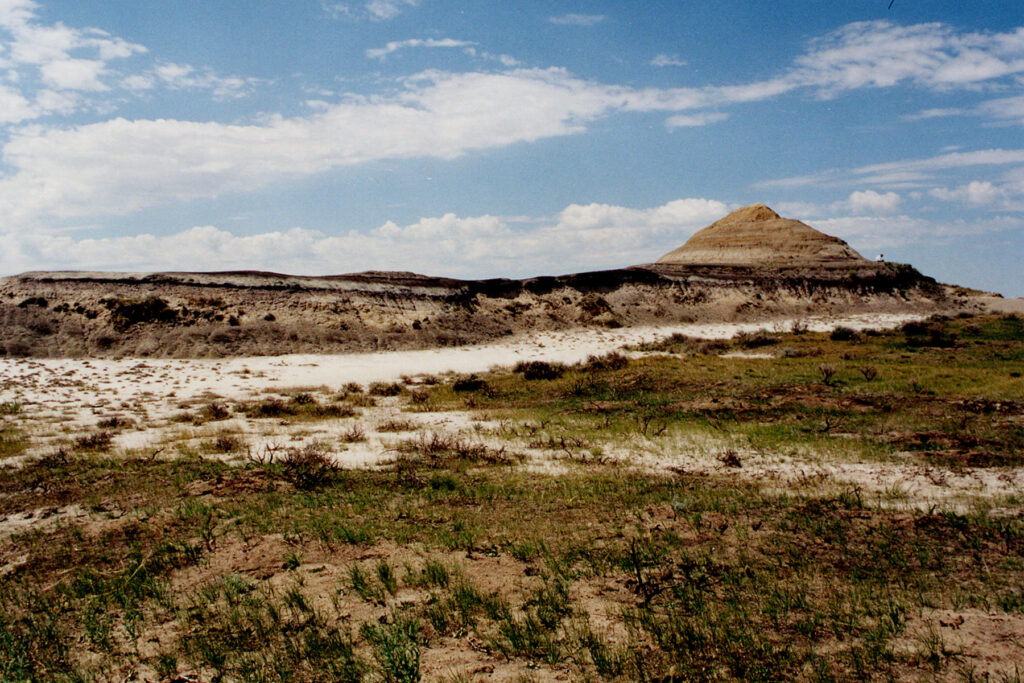
With the large dinosaurs removed from the equation, mammals entered a period of unprecedented evolutionary diversification known as an “adaptive radiation.” Throughout the Paleocene epoch (66-56 million years ago), mammals began exploring new ecological niches at a remarkable pace, evolving into a variety of forms to exploit the vacant ecological spaces. Ground-dwelling herbivores evolved to consume the recovering plant life, while new carnivorous mammals emerged to prey upon them, creating new predator-prey dynamics. The first significant size increases in mammals appeared during this time, with some species like Pantolambda (a primitive herbivore) reaching the size of sheep within just a few million years of the extinction event. The fossil record shows experimentation with new body forms, limb structures, dental arrangements, and dietary adaptations during this period. This rapid diversification wasn’t simply about filling vacant niches – it represented mammals actively reshaping ecosystems through their evolving ecological roles, creating a feedback loop that drove further evolutionary innovation.
The Rise of Mammalian Diversity in the Eocene
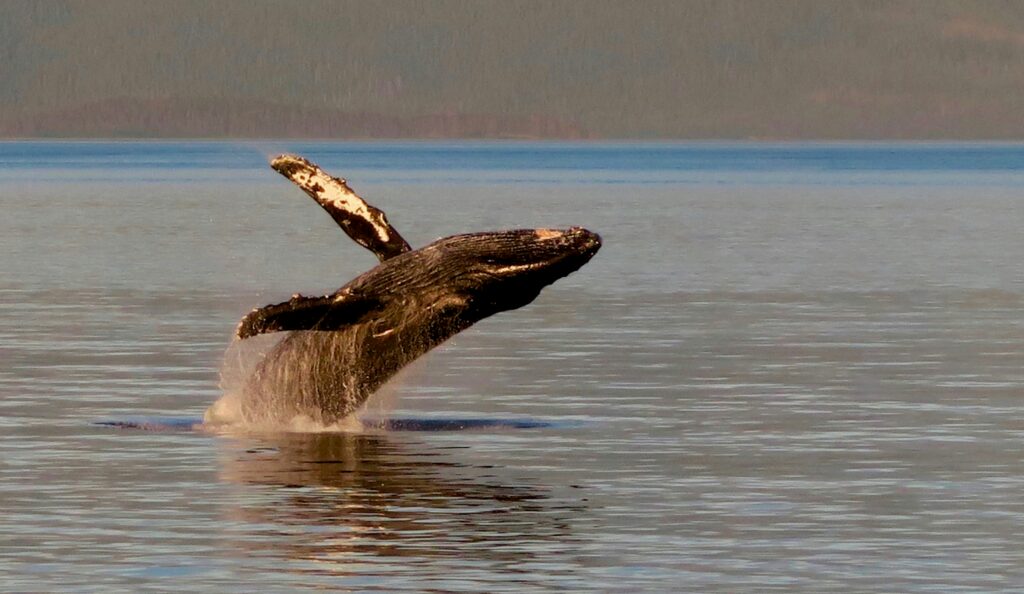
The Eocene epoch (56-33.9 million years ago) marked a critical period when many modern mammalian orders first appeared or diversified significantly. This era witnessed the emergence of recognizable ancestors of today’s major mammal groups. The first true primates evolved from earlier primate-like mammals, beginning the lineage that would eventually lead to monkeys, apes, and humans. Primitive horses no larger than fox terriers appeared, beginning the evolution of modern equids. Early cetaceans like Pakicetus began their remarkable transition from land-dwelling mammals to the fully aquatic whales and dolphins we know today. The first bats took to the air, evolving powered flight – the only mammals to develop this ability. Rodents and early carnivorans (ancestors of modern cats, dogs, and bears) also diversified significantly during this period. Global climate played a crucial role in this diversification, as the Eocene was characterized by generally warm temperatures that supported lush forests across much of the planet, creating abundant opportunities for mammals to explore new ecological roles.
Mammalian Adaptation to Diverse Environments
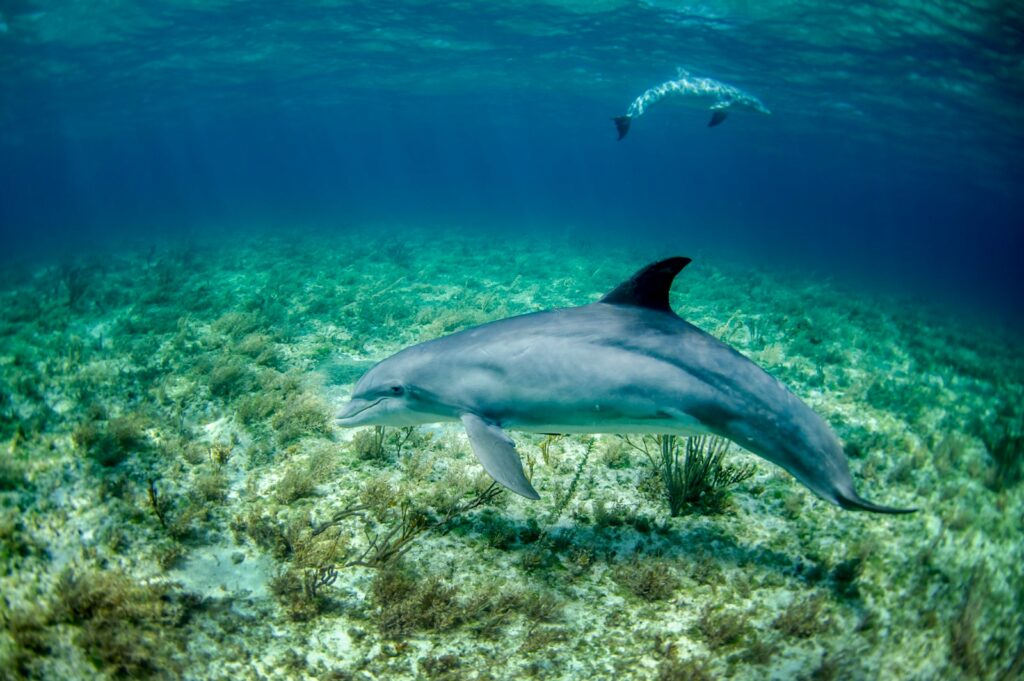
As mammals diversified following the dinosaur extinction, they demonstrated remarkable adaptability to varied environments, eventually colonizing virtually every habitat on Earth. In aquatic environments, mammals evolved several distinct times into specialized forms, from the fully aquatic cetaceans (whales and dolphins) to semi-aquatic species like otters, beavers, and pinnipeds (seals and sea lions). In terrestrial environments, mammals developed specialized adaptations for different locomotion styles – from the incredible running speed of cheetahs to the burrowing adaptations of moles and the brachiating abilities of gibbons. Mammals also conquered aerial niches through the evolution of bats, which developed sophisticated echolocation systems for hunting insects in the darkness. Perhaps most impressively, mammals successfully colonized extreme environments that pose significant physiological challenges, including deserts, polar regions, and high mountains. This environmental flexibility stemmed largely from mammals’ ability to regulate body temperature, their varied reproductive strategies, and their capacity for complex behavioral adaptations that could be passed through learned behaviors rather than strictly through genetic inheritance.
Co-evolution with Plants: The Importance of Flowering Plants

The success of mammals after the dinosaur extinction was intimately connected to the parallel rise of angiosperms, or flowering plants, which had begun diversifying during the late Cretaceous period. As forests recovered after the extinction event, flowering plants became increasingly dominant in many ecosystems, offering new food resources like fruits, nuts, and nutritious leaves that were particularly valuable to evolving mammals. This botanical revolution created new ecological opportunities that mammals were uniquely positioned to exploit. Many mammal groups co-evolved with specific plant families – early primates developed grasping hands and enhanced color vision that helped them locate and harvest fruits in trees, while rodents evolved specialized dentition for processing nuts and seeds. Herbivorous mammals developed increasingly complex digestive systems to process plant material, including the ruminant digestion seen in cattle and deer. The relationship was mutually beneficial, as mammals became important seed dispersers and pollinators for many flowering plants, creating co-evolutionary partnerships that persist to this day. This plant-mammal relationship helped reshape entire ecosystems and contributed significantly to the biodiversity patterns we observe in modern terrestrial environments.
The Evolution of Large-Bodied Mammals
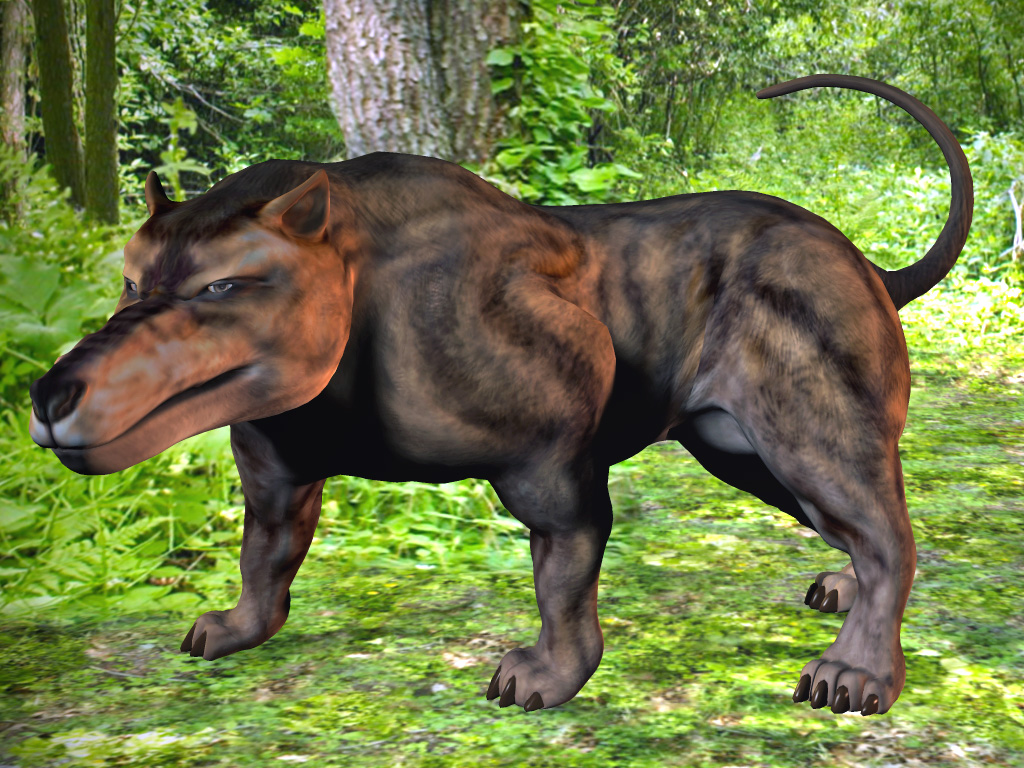
One of the most striking aspects of mammalian evolution following the dinosaur extinction was the dramatic increase in body size that occurred over millions of years. While the mammals that survived the extinction were predominantly small, their descendants gradually explored larger body forms as they expanded into ecological niches previously occupied by dinosaurs. By the Eocene and Oligocene epochs, several mammal lineages had produced species rivaling small dinosaurs in size. Uintatherium, a rhinoceros-like herbivore, could weigh up to two tons, while Andrewsarchus, a massive carnivorous mammal, may have been one of the largest terrestrial predators that ever lived. The process continued throughout the Cenozoic era, eventually producing truly massive mammals during the Pleistocene epoch’s ice ages, including the towering Columbian mammoth, which stood over 4 meters tall at the shoulder. This size expansion wasn’t uniform across all mammal groups, however; different lineages evolved toward different optimal sizes based on their ecological roles, energy requirements, and environmental constraints. The evolution of large body size in mammals required concurrent adaptations in cardiovascular systems, skeletal structure, and metabolic efficiency to support these larger frames.
The Emergence and Evolution of Primates

Among the most consequential developments in post-dinosaur mammalian evolution was the emergence of the primate lineage, which would eventually lead to humans. Early primates evolved from small, insectivorous, tree-dwelling ancestors that benefited from the expanding forests of the Paleocene and Eocene. These early primates developed several key adaptations that distinguished them from other mammals, including grasping hands with opposable thumbs, flattened nails instead of claws, enhanced vision with forward-facing eyes for better depth perception, and larger brains relative to body size. The prosimian primates (represented today by lemurs, lorises, and tarsiers) diverged first, followed by the anthropoid primates that gave rise to monkeys, apes, and eventually humans. Each stage of primate evolution was characterized by further refinements to these key adaptations, particularly increases in brain complexity and size. The evolution of primates was closely tied to their arboreal lifestyle in the recovering forests, where manual dexterity, excellent vision, and problem-solving intelligence offered significant advantages for finding food, avoiding predators, and navigating the complex three-dimensional environment of the forest canopy.
Mammals and the Modern World
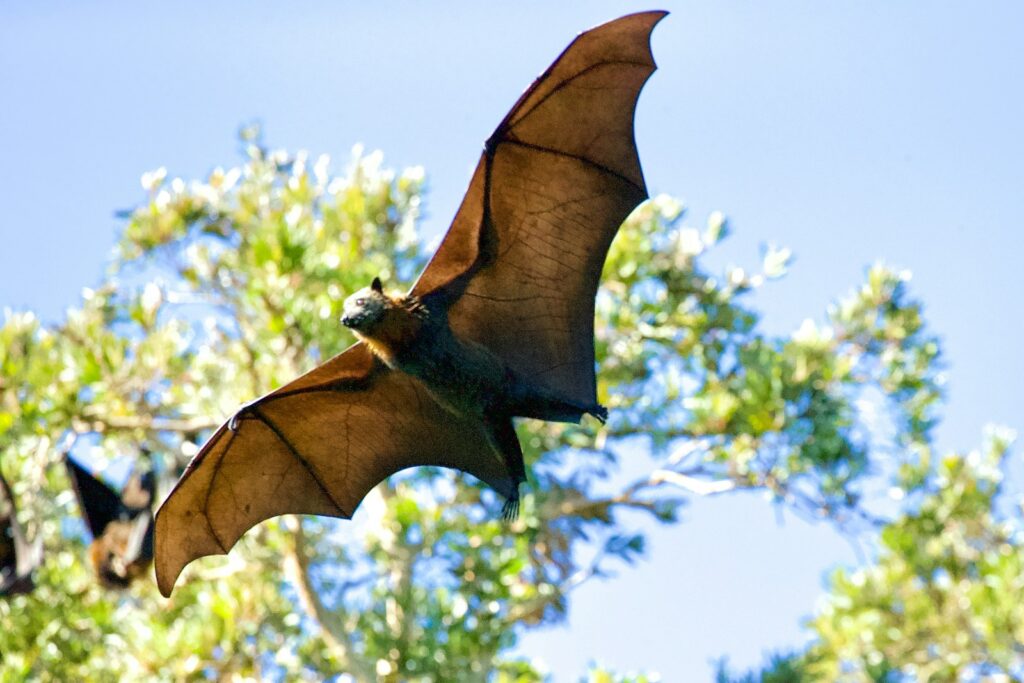
The mammalian world we observe today is the direct result of the evolutionary opportunities created by the dinosaur extinction 66 million years ago. Modern mammals occupy virtually every conceivable ecological niche, from the deepest ocean-diving whales to high-flying bats, from tiny shrews weighing mere grams to massive elephants weighing several tons. The approximately 6,400 extant mammal species represent diverse adaptations to different diets, environments, and lifestyles, all tracing their origins to those small survivors of the end-Cretaceous extinction. Perhaps most significantly, the evolution of primates following the dinosaur extinction ultimately led to the emergence of humans, whose technological development and cultural evolution have dramatically reshaped the planet’s ecosystems. Human civilization itself—with its agriculture, cities, and global networks—would not exist if not for the asteroid that ended dinosaur dominance. This profound connection between a random cosmic event and the rise of human consciousness represents one of the most remarkable threads in Earth’s biological history, highlighting how contingent and unpredictable evolutionary history can be.
Conclusion
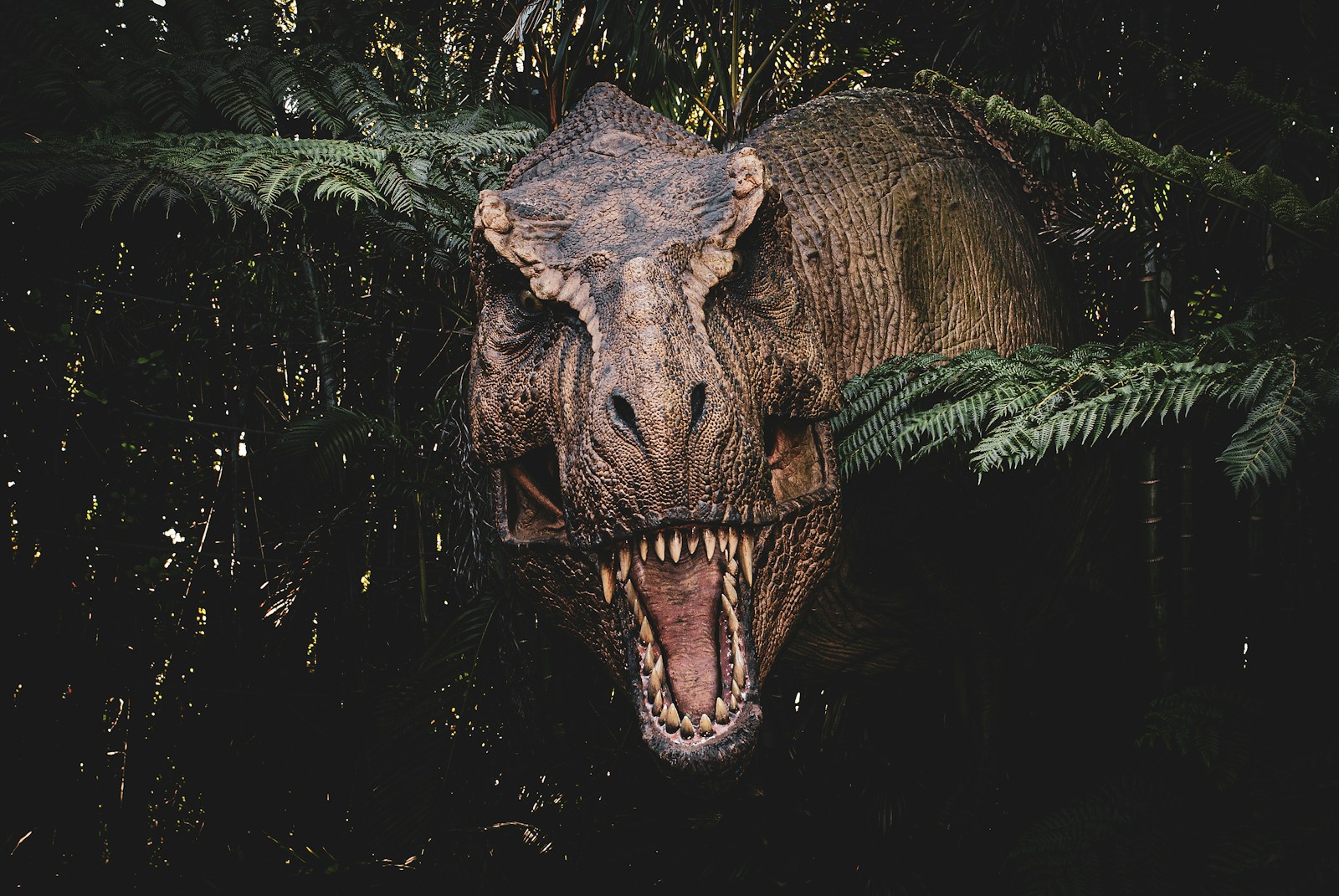
The extinction of non-avian dinosaurs 66 million years ago represents a profound example of how catastrophe can create opportunity in evolutionary history. From the ashes of this global disaster emerged a radiation of mammalian life that would eventually reshape Earth’s ecosystems and ultimately produce human beings. The mammals that survived the extinction possessed specific traits—small size, dietary flexibility, and adaptability—that proved advantageous in the post-impact world. Over millions of years, these humble survivors diversified into countless forms, from massive whales to tiny bats, from swift cheetahs to intelligent primates. This remarkable evolutionary journey serves as a powerful reminder of life’s resilience and adaptability. It also offers a sobering perspective on extinction’s permanence and the unpredictable nature of evolution. Had the asteroid struck elsewhere or at a different time, our world might be inhabited by intelligent dinosaur descendants rather than humans. The end of the dinosaurs truly opened the door for modern mammals, fundamentally altering the trajectory of life on Earth and eventually enabling us to look back and understand this pivotal moment in our planet’s history.

